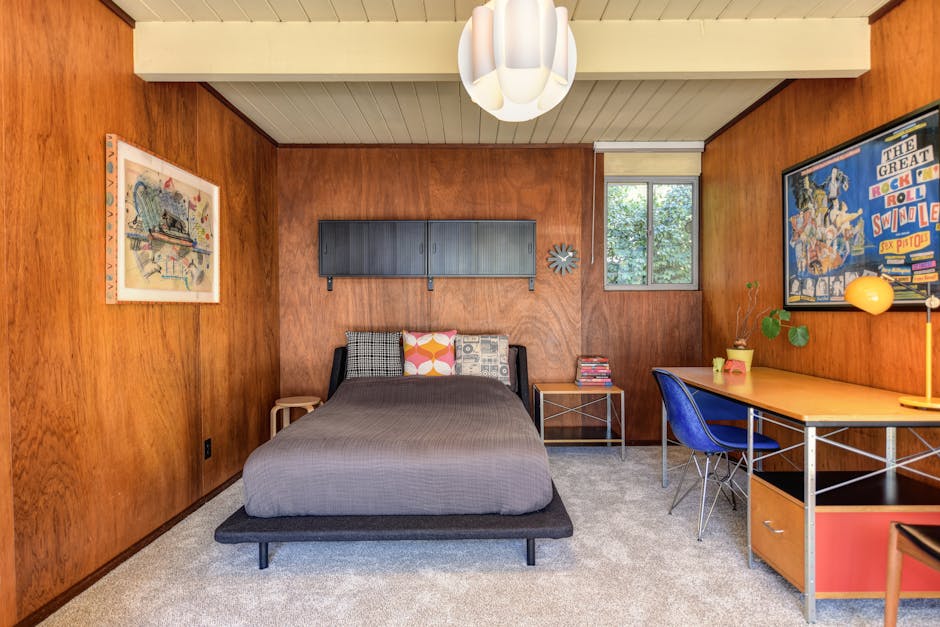How to Choose the Perfect Color Palette for Your Outdoor Living Furniture and Decor
Introduction
Creating a captivating outdoor living space is about more than just furniture; it’s about crafting an atmosphere. And nothing shapes atmosphere quite like color. Choosing the perfect color palette for your outdoor furniture and decor can transform a simple patio into a relaxing oasis, a vibrant entertainment area, or a stylish extension of your home. This guide will walk you through the key considerations to help you select a palette that reflects your personal style and enhances your outdoor experience.
Key Considerations When Choosing Your Color Palette
Harnessing the Power of the Setting
Before diving into specific colors, take a good look at your surroundings. Consider these elements:
- Existing Architecture: The color of your house, fencing, and any permanent structures should inform your palette. Aim for complementary or contrasting colors that create visual harmony.
- Landscaping: The natural colors of your garden—the greens of foliage, the hues of flowers, and the tones of stone—will influence your choices. Do you want to blend in or stand out?
- Sunlight Exposure: Spaces with ample sunlight can handle bolder colors, while shaded areas may benefit from lighter, brighter shades to maximize light and create a more inviting atmosphere.
- Geographic Location: Think about the natural colors associated with your region. Coastal areas often inspire palettes of blues and whites, while desert landscapes suggest warm earth tones.
Understanding Color Psychology
Colors evoke different emotions and associations. Understanding these can help you create the desired mood in your outdoor space:
- Blue: Calming, serene, and associated with the sky and water. Great for relaxation areas.
- Green: Refreshing, natural, and linked to growth and tranquility. Blends well with outdoor surroundings.
- Yellow: Cheerful, optimistic, and energizing. Ideal for creating a welcoming and playful atmosphere.
- Orange: Warm, inviting, and stimulating. Can add a touch of vibrancy and excitement.
- Red: Bold, passionate, and attention-grabbing. Use sparingly as an accent color.
- Neutral Tones (White, Gray, Beige): Versatile, sophisticated, and provide a blank canvas for pops of color. They also create a sense of spaciousness.
Selecting a Color Scheme
There are several classic color schemes you can use as a starting point:
- Monochromatic: Using different shades and tints of a single color for a cohesive and elegant look.
- Analogous: Combining colors that are next to each other on the color wheel (e.g., blue, blue-green, and green). Creates a harmonious and peaceful feel.
- Complementary: Pairing colors that are opposite each other on the color wheel (e.g., blue and orange). Offers high contrast and visual interest.
- Triadic: Using three colors that are evenly spaced on the color wheel (e.g., red, yellow, and blue). Creates a balanced and vibrant scheme.
Material Considerations and Durability
The materials used in your outdoor furniture and decor will affect how colors appear and how well they hold up over time:
- Fabric: Choose outdoor fabrics specifically designed to resist fading, water damage, and mildew.
- Metal: Powder-coated metal is more durable and resistant to rust than painted metal. Consider the finish (matte or gloss) and how it interacts with sunlight.
- Wood: Stained or painted wood requires regular maintenance to prevent fading, cracking, and warping. Teak and cedar are naturally durable options.
- Resin/Plastic: Choose UV-resistant resin or plastic to prevent fading and discoloration.
Creating a Mood Board
A mood board is a visual representation of your desired aesthetic. This can be a physical board with fabric swatches, paint chips, and images, or a digital board using online tools. This will help you visualize the final look before committing to any purchases.
Conclusion
Choosing the perfect color palette for your outdoor living space is a personal journey that requires careful consideration. By understanding the principles of color psychology, taking into account your surroundings, and considering the durability of materials, you can create an outdoor oasis that is both beautiful and functional. Don’t be afraid to experiment and trust your instincts. Your outdoor space should be a reflection of your personality and a place where you feel comfortable and inspired.














Post Comment